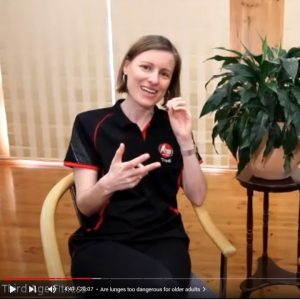HEALTH & WELLBEING
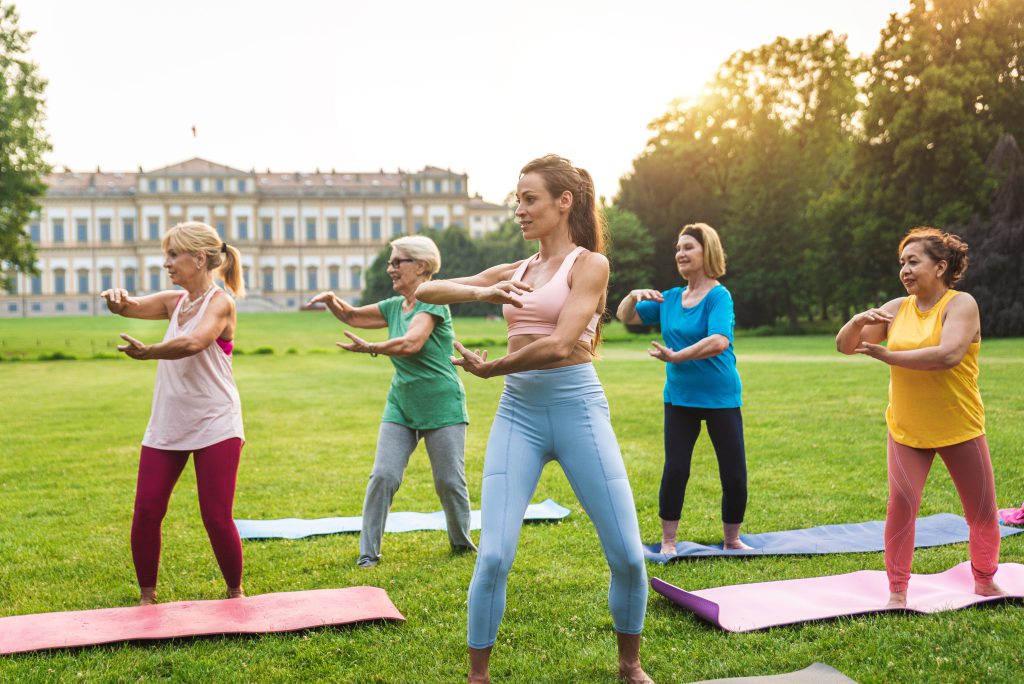
Effects of lockdown on balance in older adults
Trudi Edmeades reveals the impact on balance that COVID has had on older adults.
COVID-19 lockdowns meant that millions of older adults spent weeks, months, and for some years, stuck at home. We’ve heard about the detrimental effect this had on people’s mental and physical health, but another area of health also took a hit – balance. As older adults start coming back to their regular fitness programs, they’re becoming aware of just how much their balance has deteriorated – and it’s up to us to help them get it back.
Balance as we age
As we age, our ability to control our balance during everyday activities declines for a multitude of reasons. Failing eyesight, inability to perceive surroundings, weak leg muscles, cognitive decline, gait changes due to hip or knee replacements, changes in medications, vertigo, multifocal glasses, and poor diet, are just some of the factors that affect our ability to stay upright during the day.
As older adults start coming back to their regular fitness programs, they're becoming aware of just how much their balance has deteriorated
The effects a fall has on an older adult
Good balance is critical for older adults. For those aged over 65 years, around 35 per cent will experience a fall at least once a year. Fifteen per cent of these falls will cause a serious physical injury such as a broken hip or brain injury, but it’s not only the physical consequences that can be devastating. Many older adults experience depression after a fall, due to low self-esteem, social isolation, anxiety about leaving the house, and a fear of being alone in case it happens again. Injuries require hospital visits, medical check-ups, medications, and mobility aids like crutches or braces, which all take a financial toll. Many older adults are still engaged in part-time and full-time work, and recovery requires time off from these activities that not only restricts their income, but their social life too.
While the older adult is recovering from their injury, they may be unable to exercise which can lead to a general decline in their physical and mental health. For those who love to exercise, and more and more older adults do, the recovery period is often one of frustration. It can also increase the risk of secondary illnesses due to infection, lack of exercise, poor diet, or side effects to medications that can compound the impact of the first injury.
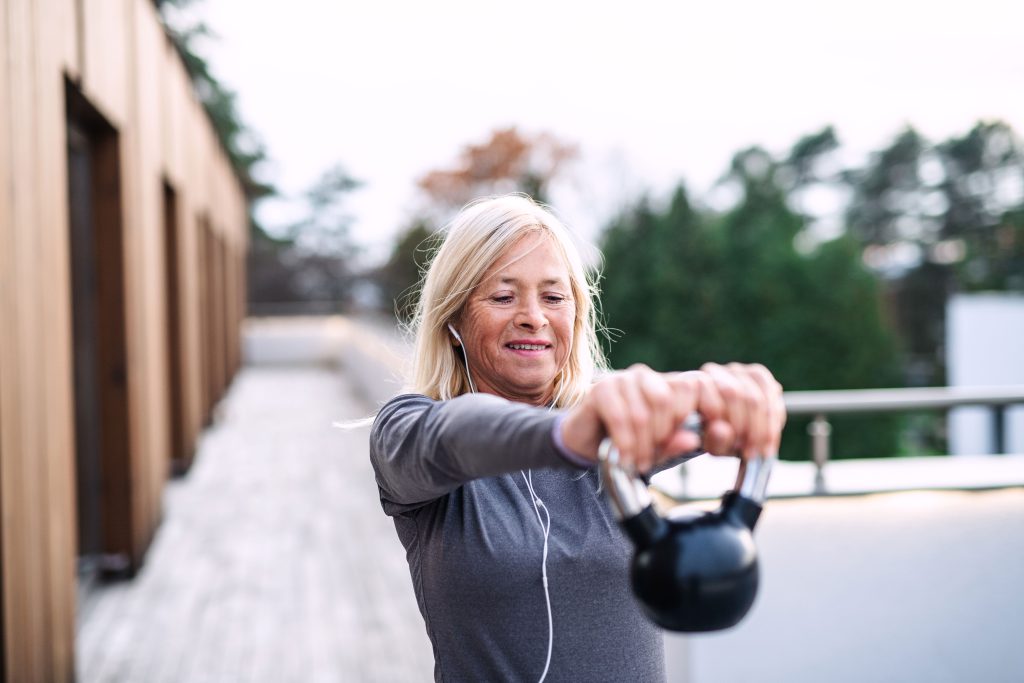
Benefits of balance training
There are so many benefits to your clients when you include balance training into their programs. Good balance requires good posture, and specific balance exercises improve strength, joint stability, and body awareness. Good balance gives older adults confidence when they are out in the community, helps to alleviate their fear of falling, and improves everyday living with their ability to hang out the washing, use public transport, or move from the bed to the bathroom at night. Focusing on balance training can help individuals stop a trip from becoming a fall by giving them recovery strategies when they lose their balance, and it can help them to avoid relying on a walking stick or frame as they age.
What are balance exercises?
There are three main types of balance exercises.
- Static exercises, where one position is held.
- Moving exercises, where arms or legs move to change the body’s centre of gravity
- Travelling exercises, where clients move across the room.

Example 1
Overhead calf raise (static)
Starting position: Arms down by sides.
Movement: Rise up on to toes and reach arms overhead. Hold. Close eyes.
Technique: Keep shoulders down and chin up

Example 2
Touchdown (moving)
Starting position: One leg extended behind body, same arm straight overhead.
Movement: Pivot forward on hips, lifting back leg and touching hand down to floor.
Technique: Engage abdominals, keep back straight, and reach hand forward of foot.
Option: Keep toe rested down behind.

Example 3
Heel/Toe Walk (travelling)
Direction: Forward and backward.
Movement: With hands on hips, place one foot in front of the other, heel touching to toes, moving forward. Repeat back.
Technique: Keep chin up and eyes looking straight forward. Don’t rush.
Option: Close eyes while moving forward and back.
WHAT DOES BALANCE
TRAINING LOOK LIKE?
There are lots of ways that you include balance exercises in your programs for older adults and seniors. You can:
- Incorporate static balance exercises as a part of your cooldown at the end of a session.
- After a cardio burst, add on a couple of balance challenges during the rest period. In a circuit class, alternate equipment stations with balance stations.
- Add a lower body balance move to your upper body resistance exercises.
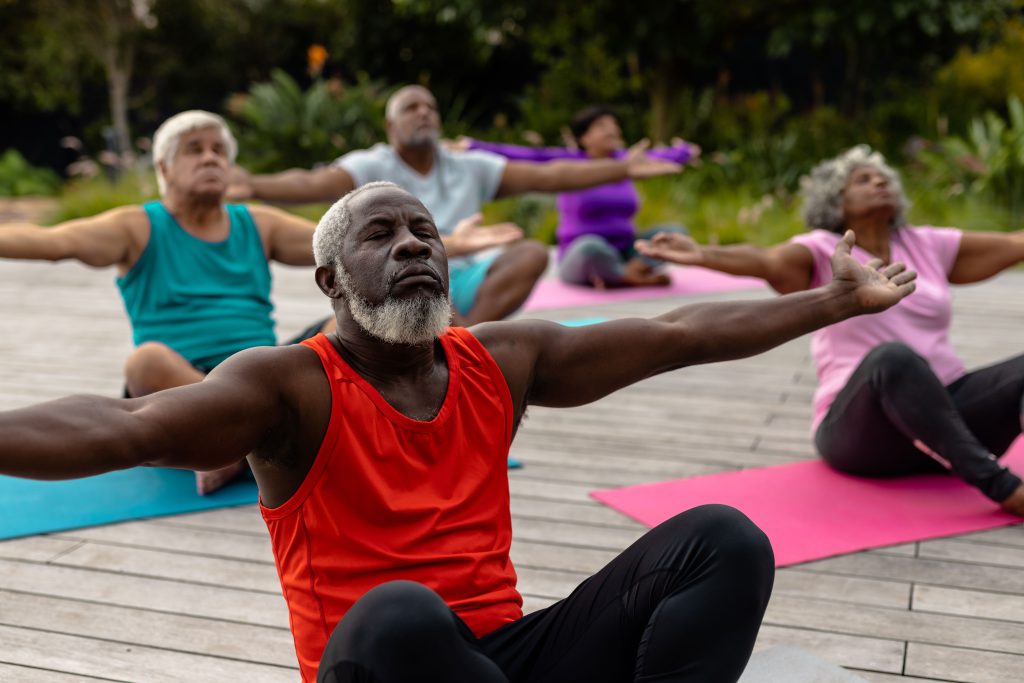
video accompaniment
Dennis had a chat with Carol and Trudi of Third Age Fitness to get more insight into training older adults. Topics covered include; What’s a good qualification to prepare for training older adults; Common misconceptions, Can older adults walk backwards or do lunges, and a lot more…
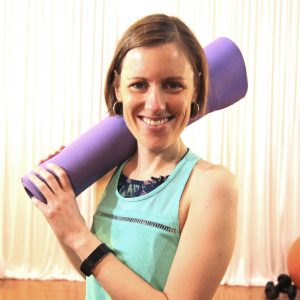
Trudi Edmeades
Trudi Edmeades is the co-founder of Third Age Fitness, an organisation that focuses on training professionals in all aspects of older adult fitness. Their online course, Balance Training for Older Adults, includes over 100 balance exercises for use with older adults and seniors.
